Achieving maximum darts performance hinges on mastering technique, equipment, and mental game; this article provides a comprehensive guide to help you consistently throw your best, covering everything from stance and grip to practice drills and mindset.
⚠️ Still Using Pen & Paper (or a Chalkboard)?! ⚠️
Step into the future! The Dart Counter App handles all the scoring, suggests checkouts, and tracks your stats automatically. It's easier than you think!
Try the Smart Dart Counter App FREE!Ready for an upgrade? Click above!
Unlocking Your Potential: The Pursuit of Maximum Darts
Darts, often perceived as a casual pub game, is in reality a sport demanding precision, focus, and dedication. While natural talent plays a role, anyone can significantly improve their game by focusing on the fundamentals and consistently practicing. This section delves into the core elements required to unlock your potential and strive for maximum darts proficiency.
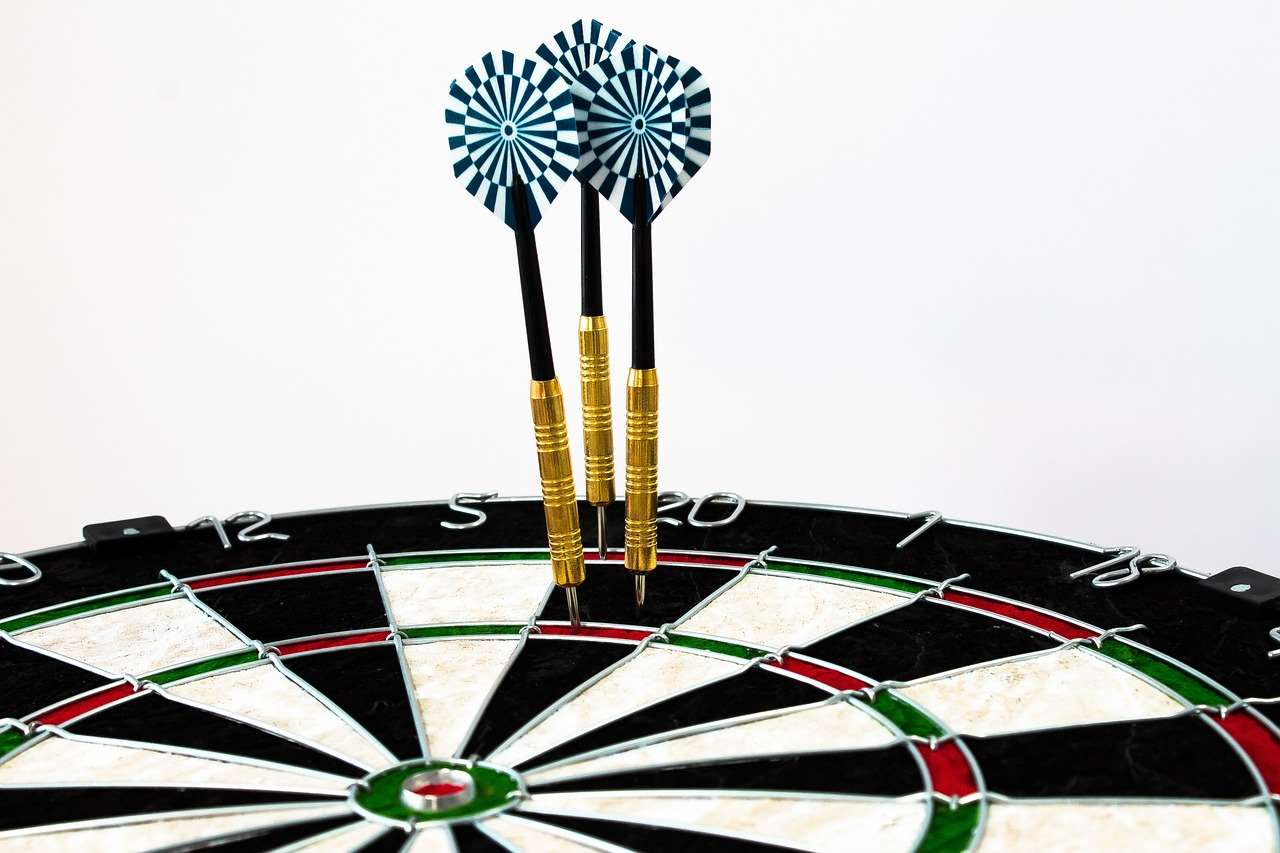
The Foundation: Stance and Balance
Your stance is the bedrock of your throw. A consistent stance promotes stability and allows for repeatable movements. Here are a few key considerations:
- Foot Placement: Most players favor an angled stance, with one foot (usually the throwing side) slightly ahead of the other. Experiment to find what feels most comfortable and stable.
- Weight Distribution: Maintain a balanced weight distribution, preventing excessive leaning forward or backward. A slight forward lean is common, but avoid compromising your balance.
- Body Alignment: Keep your body aligned with the dartboard, ensuring your throwing arm moves in a straight line towards the target.
Grip: Finding Your Perfect Hold
The grip is your direct connection to the dart. There’s no one-size-fits-all approach, so experiment to find a grip that feels secure and allows for a smooth release. Consider these factors:
- Number of Fingers: Most players use three or four fingers on the dart.
- Pressure: Apply a consistent, moderate pressure. Gripping too tightly can cause tension, while gripping too loosely can lead to erratic throws.
- Position on the Dart: Experiment with different positions along the dart’s barrel. Some prefer gripping closer to the point, while others prefer gripping closer to the flight.
Mastering the Throw: Technique for Maximum Darts
The throw is where it all comes together. A smooth, controlled throw is essential for accuracy and consistency. Let’s break down the key components:
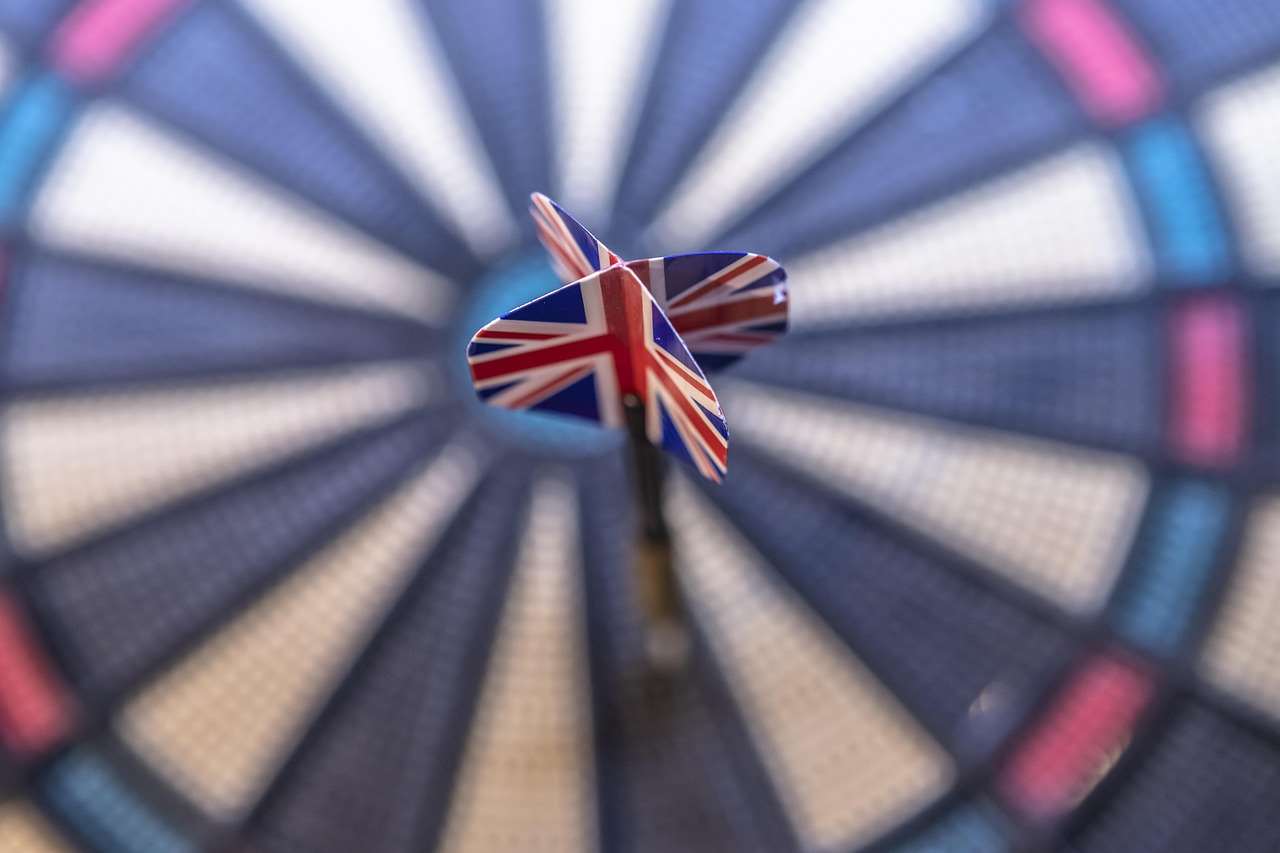
The Backswing: Controlled and Consistent
The backswing sets the stage for the forward motion. Here’s what to focus on:
- Elbow Position: Keep your elbow relatively stable throughout the backswing. Avoid excessive lateral movement.
- Smooth Motion: The backswing should be smooth and controlled, avoiding any sudden jerks or stops.
- Consistent Distance: Aim for a consistent backswing distance each time. This helps maintain rhythm and timing.
The Forward Swing: Power and Precision
The forward swing is where you generate power and guide the dart towards the target. Pay attention to these aspects:
- Elbow Extension: Extend your elbow smoothly and forcefully towards the target.
- Wrist Flick: A slight wrist flick at the point of release can add power and accuracy. However, avoid overdoing it.
- Follow Through: Follow through completely with your arm, pointing towards the target after the dart is released. This helps maintain direction and control.
Release Point: Timing is Everything
The release point is arguably the most crucial element of the throw. Releasing the dart at the correct moment ensures it travels on the desired trajectory. Practice diligently to develop a consistent release point. Using a dart counter system during practice can help track your progress and identify patterns in your throws.
Equipment Matters: Optimizing Your Darts Setup
While skill is paramount, using the right equipment can significantly enhance your performance. Consider these factors when choosing and customizing your darts:
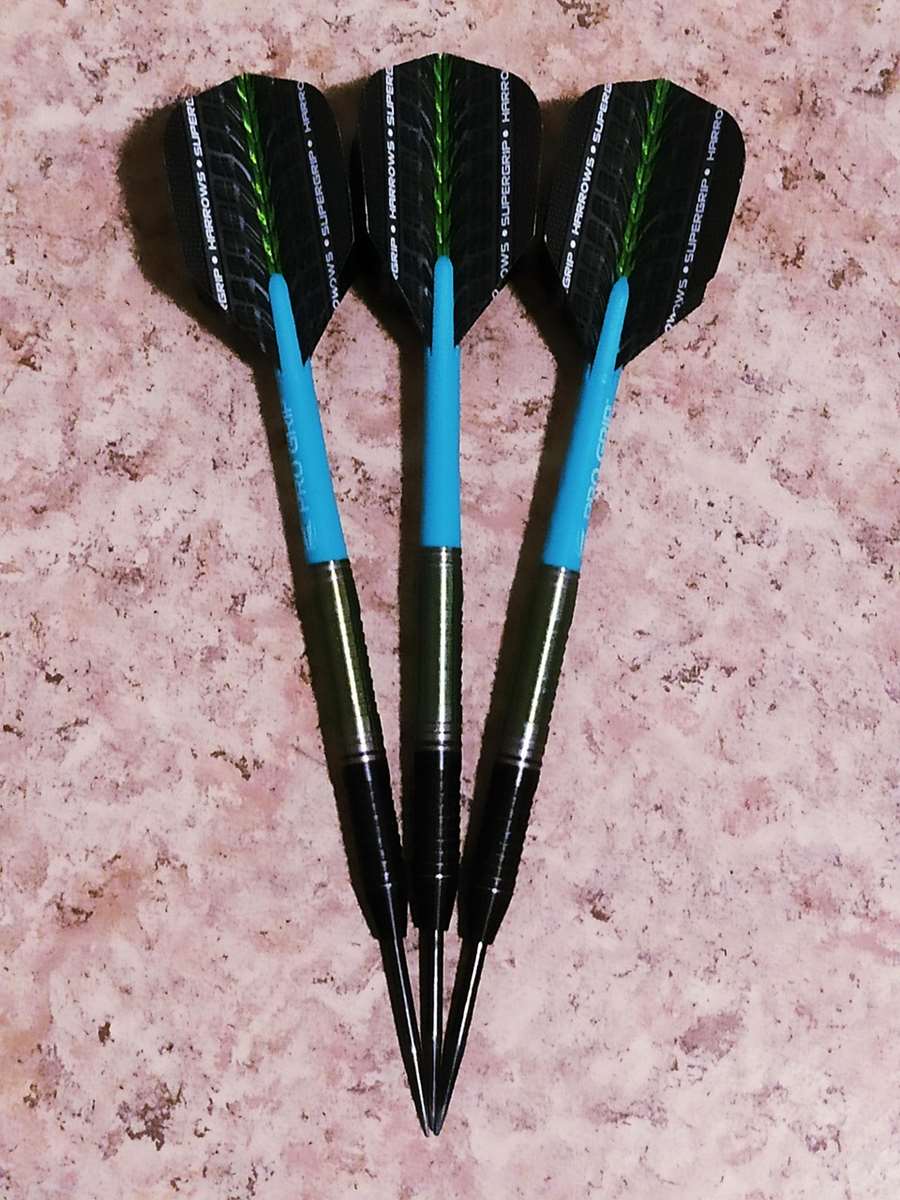
Dart Weight: Finding the Sweet Spot
Dart weight is a matter of personal preference. Lighter darts (around 20-22 grams) are often favored by beginners, while heavier darts (around 24-26 grams) can provide more stability. Experiment with different weights to find what feels most comfortable and controllable. It’s even worth exploring darts no flight options in the future.
Dart Barrel: Shape and Grip
Dart barrels come in various shapes and materials, each offering a different grip and feel. Common barrel shapes include:
- Straight: A straight barrel provides a consistent grip along its length.
- Torpedo: A torpedo-shaped barrel is thicker in the middle and tapers towards the ends.
- Bomb: A bomb-shaped barrel is short and round.
Flights and Shafts: Stability and Trajectory
Flights and shafts influence the dart’s stability and trajectory. Experiment with different sizes, shapes, and materials to fine-tune your dart’s flight characteristics. Consider the interaction between your pl darts matches and equipment choices.
The Mental Game: Focus and Consistency in Darts
Darts is as much a mental game as it is a physical one. Maintaining focus, managing pressure, and developing a positive mindset are crucial for consistent performance. Many players even use a Dart game scoring app to keep track of their progress and scores.
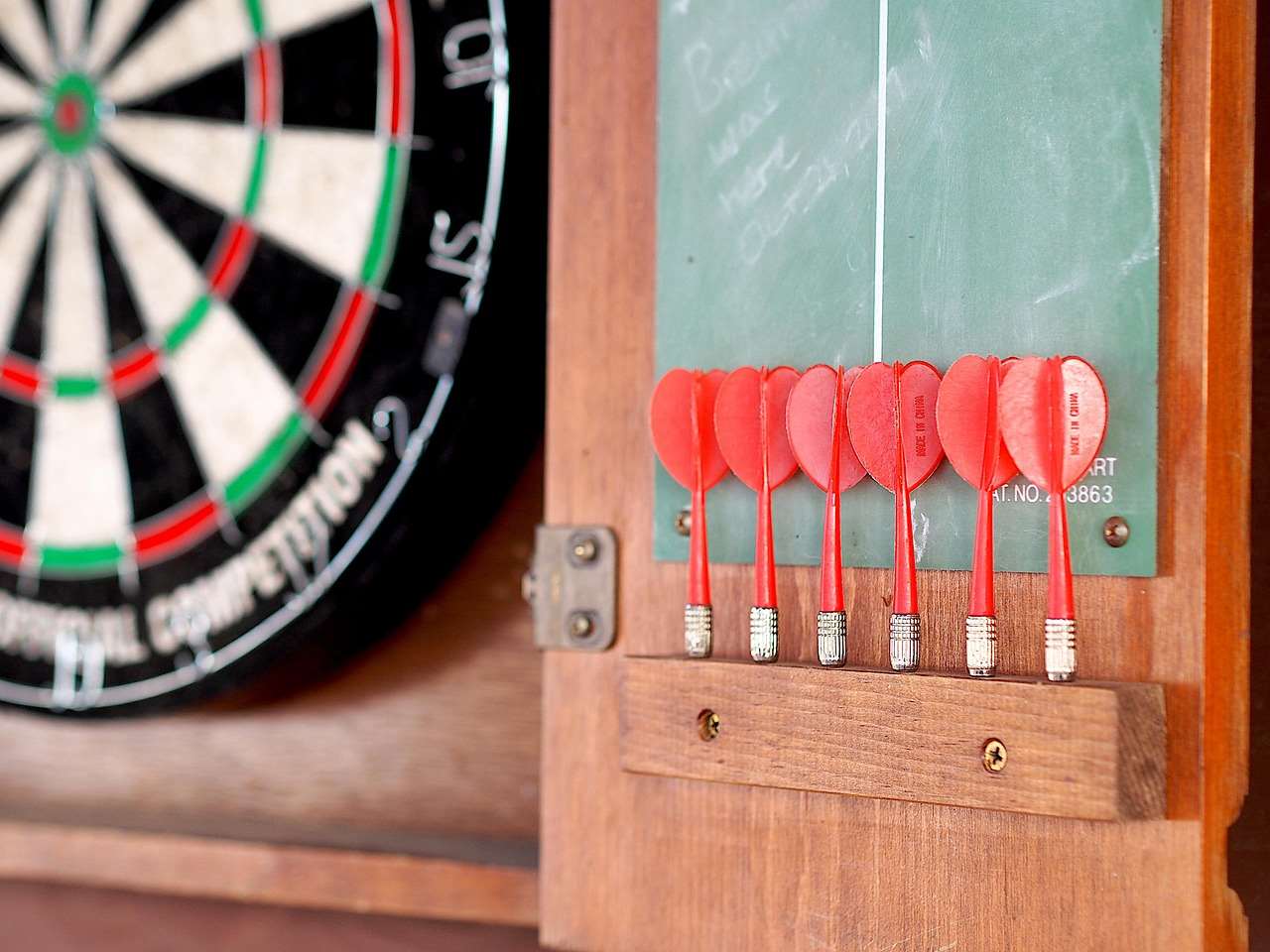
Developing a Pre-Throw Routine
A consistent pre-throw routine can help you focus and prepare for each throw. This routine might involve visualizing the target, taking a deep breath, and performing a few practice swings. Finding the right darts ipad stand can help with referencing scores and statistics easily.
Managing Pressure and Anxiety
Pressure and anxiety can negatively impact your performance. Develop strategies for managing these emotions, such as deep breathing exercises, positive self-talk, and focusing on the process rather than the outcome.
Embracing Mistakes and Learning from Them
Everyone makes mistakes, even the pros. Don’t let missed throws derail your focus. Instead, analyze what went wrong, learn from the experience, and move on to the next throw. Keeping track with a digital scoreboard darts can help visualize improvements over time. A dartboard surround diy setup can also help protect your walls during practice.
Practice Drills for Maximum Darts Improvement
Consistent practice is essential for improving your darts skills. Here are a few effective practice drills you can incorporate into your routine:
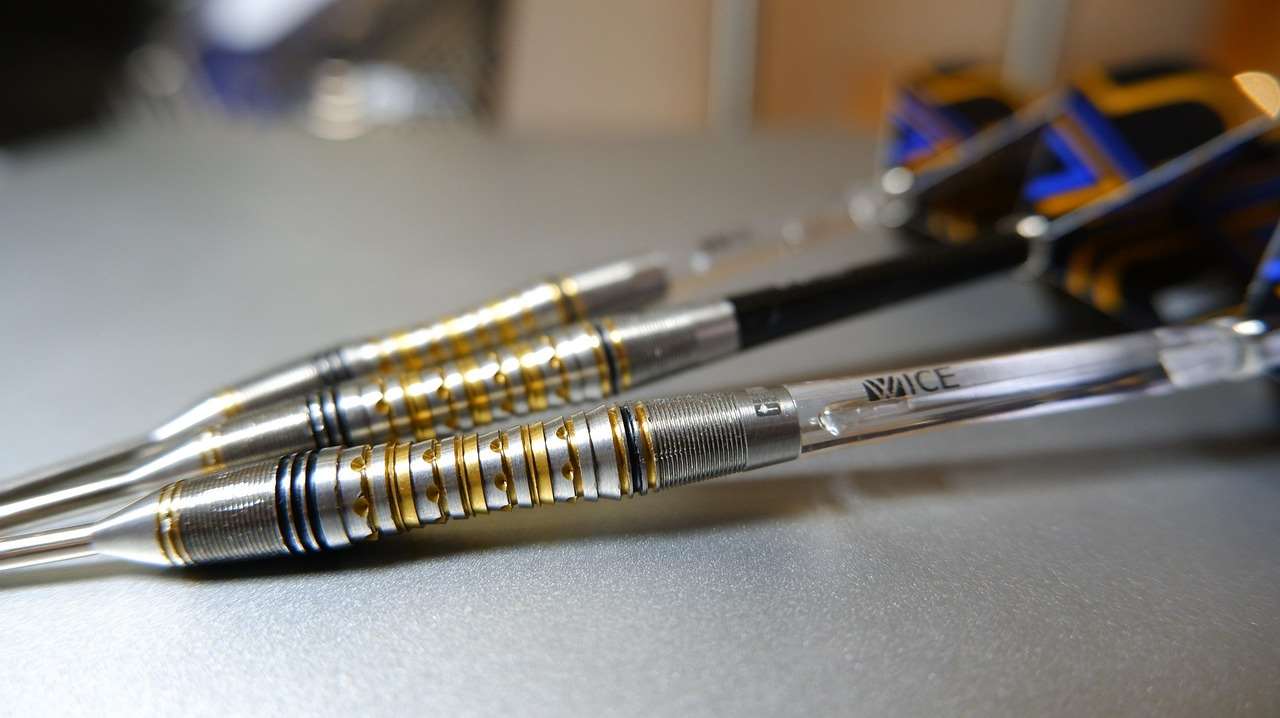
Around the Clock
The “Around the Clock” drill involves hitting each number on the dartboard in sequence, starting with 1 and ending with 20. This drill improves your accuracy and focus. Dealing with a darts low score in this drill can be a good learning opportunity.
Shanghai
The “Shanghai” drill involves hitting the single, double, and triple of a chosen number in the same round. This drill improves your aiming and precision.
Checkout Practice
Checkout practice involves practicing finishing combinations, such as 40 (double 20), 32 (double 16), and 81 (T20, 11). This drill improves your checkout skills and strategic thinking.
Conclusion: Elevate Your Game with Dedicated Practice and Focus
Achieving maximum darts potential requires a holistic approach encompassing technique, equipment, mental fortitude, and dedicated practice. By focusing on the fundamentals, experimenting with different setups, and consistently working on your mental game, you can elevate your performance and enjoy the rewarding journey of mastering this challenging and engaging sport. Now is the time to put these tips into action and start honing your skills on the oche!
Hi, I’m Dieter, and I created Dartcounter (Dartcounterapp.com). My motivation wasn’t being a darts expert – quite the opposite! When I first started playing, I loved the game but found keeping accurate scores and tracking stats difficult and distracting.
I figured I couldn’t be the only one struggling with this. So, I decided to build a solution: an easy-to-use application that everyone, no matter their experience level, could use to manage scoring effortlessly.
My goal for Dartcounter was simple: let the app handle the numbers – the scoring, the averages, the stats, even checkout suggestions – so players could focus purely on their throw and enjoying the game. It began as a way to solve my own beginner’s problem, and I’m thrilled it has grown into a helpful tool for the wider darts community.